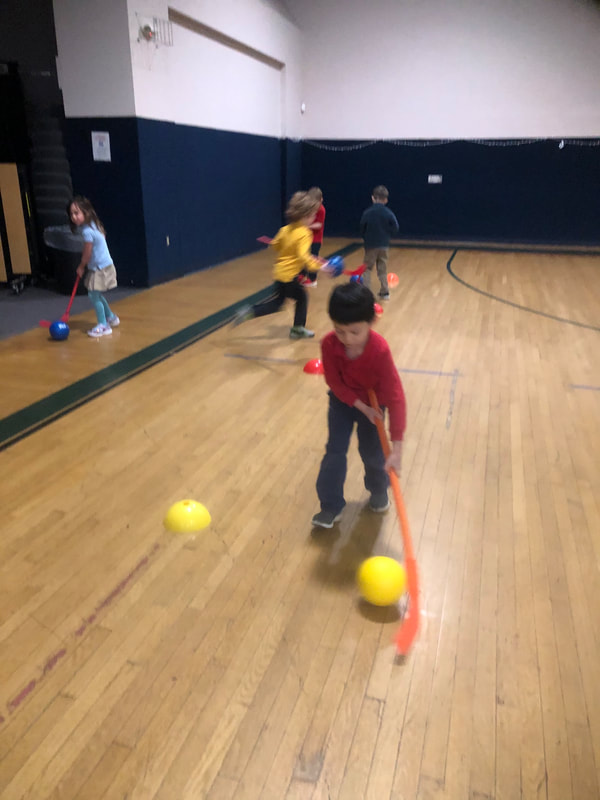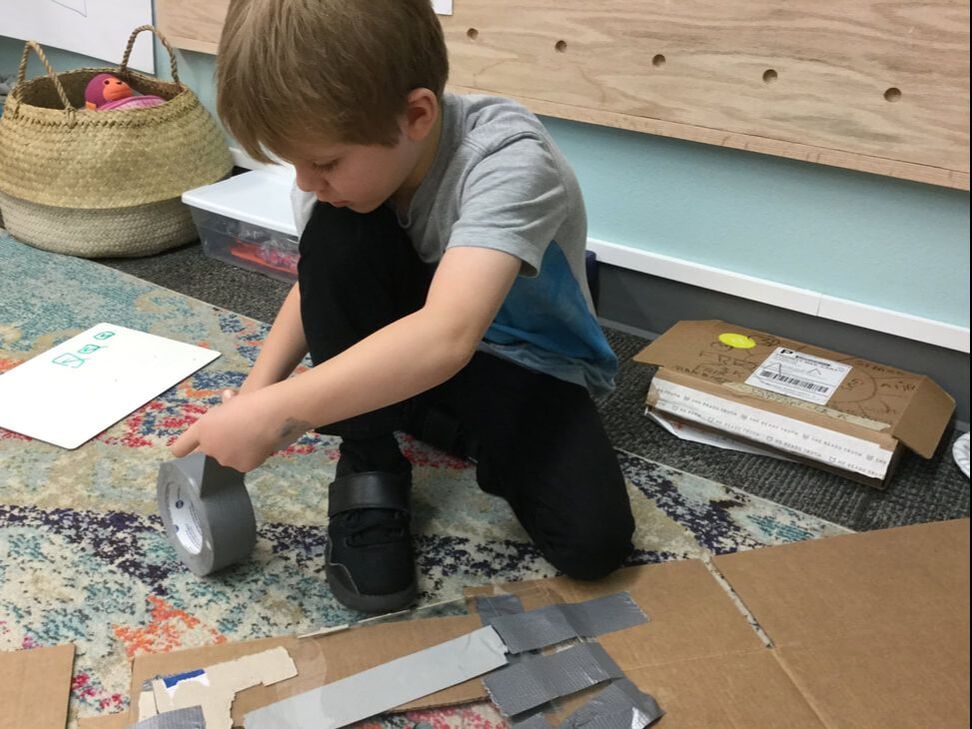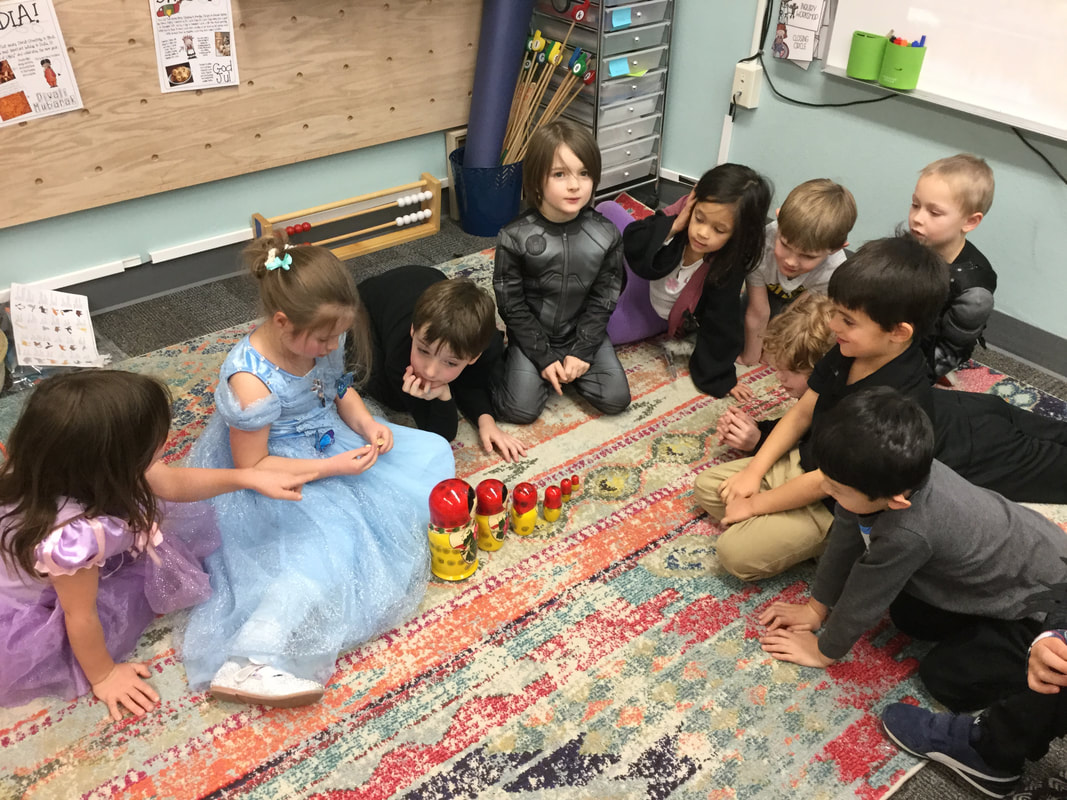At PNA, we strive to educate students to be exceptional learners and independent thinkers of vision, courage, and integrity. One way that we do this is by equipping our students to think for themselves and come to their own conclusions. We do this by helping them to ask questions and seek answers, rather than simply providing answers.
“The best teachers are those who show you where to look, but don’t tell you what to see.” -Alexandra Trenfor
Across the grades, students engage in various inquiry learning throughout the day, across all subjects, but it is perhaps most prominent during project based learning. PBL is an especially powerful tool to help students ask questions, seek their own answers, and draw their own conclusions. Our kindergartners favorite time to explore and investigate is during Inquiry Workshop, which is the workshop in which we study our social studies and science standards through project based learning – and play and exploration.
As students play and explore at various stations, they have the opportunity to naturally engage in many of the scientific practices defined by the Next Generation Science Standards (Dinnerstein, page 67):
- Asking questions and defining problems
- Developing and using models
- Planning and carrying out investigations
- Analyzing and interpreting data
- Using mathematics and computational thinking
- Constructing explanations and designing solutions
- Engaging in argument from evidence
- Obtaining, evaluating, and communicating information
According to Renee Dinnerstein in Choice Play, during inquiry play, “the children engage in these practices in developmentally appropriate ways. With support from their teacher, in a variety of different explorations across the year, they can learn to use all these practices to experience the world as scientists (page 67-68). Not only will they experience the world as scientists, but as engineers, artists, mathematicians, readers, writers, citizens, and explorers as well.
Furthermore, it provides an opportunity for students to drive the learning, take responsibility for it, and explain their thinking as they share their findings with others. This is the natural way we learn and share knowledge. As students continually engage in the process, it becomes second nature for them (Dinnerstein, page 78). And, perhaps most importantly, it provides a fun and meaningful way for our little ones to learn.



